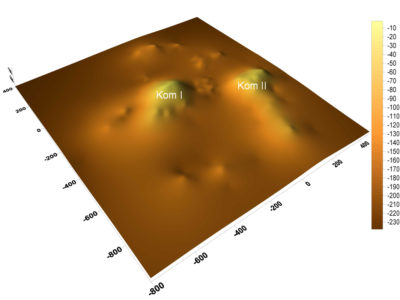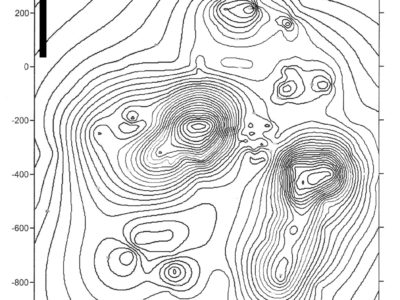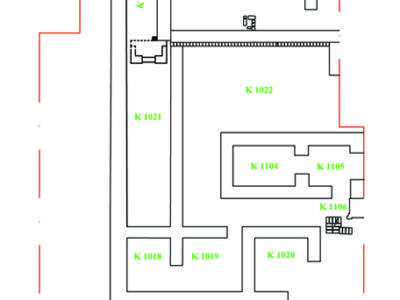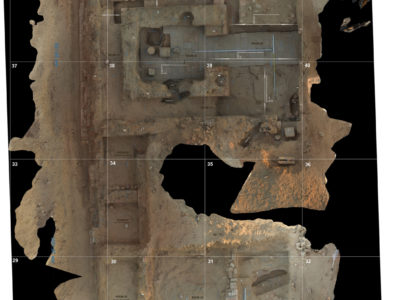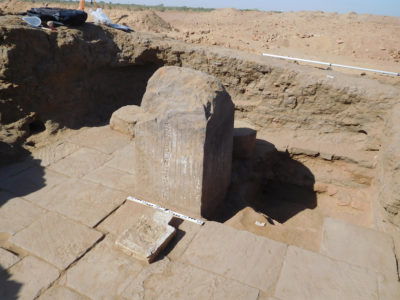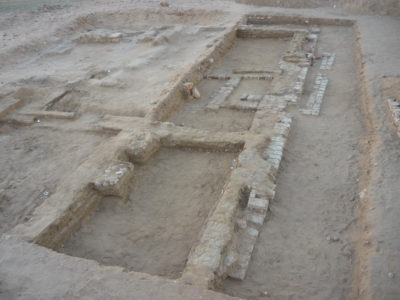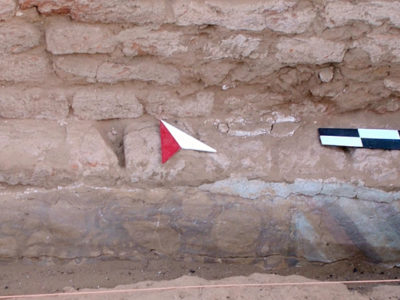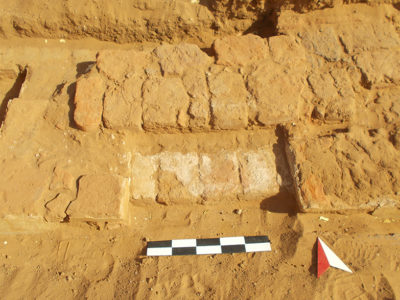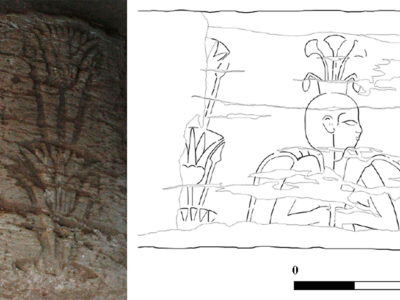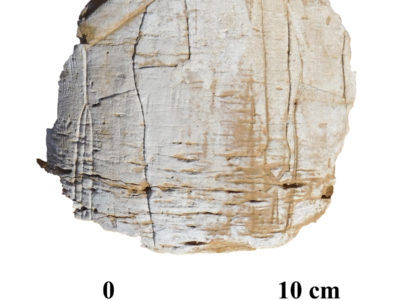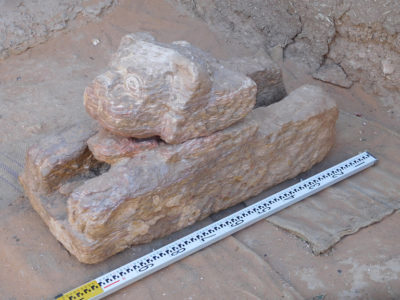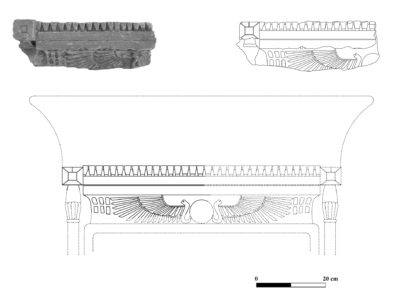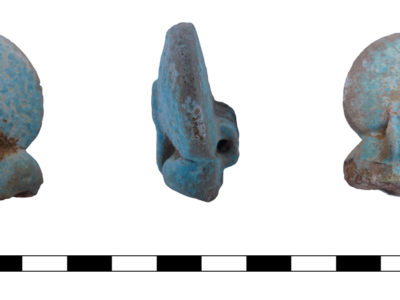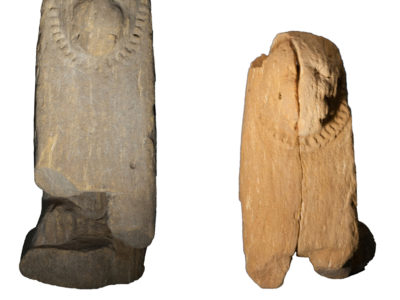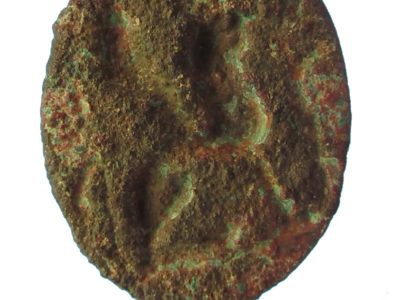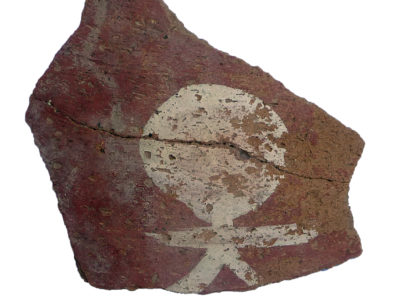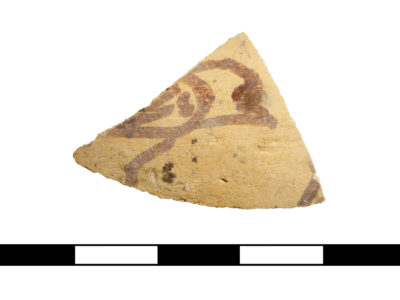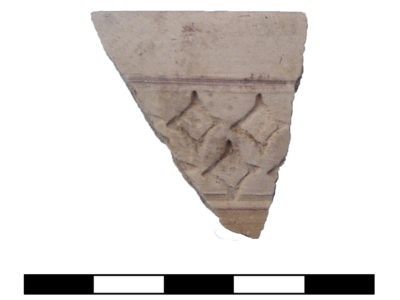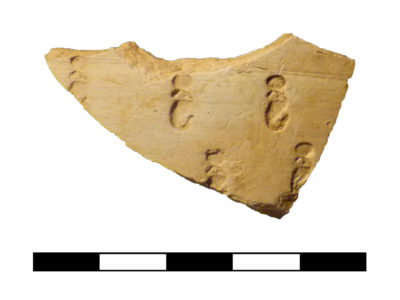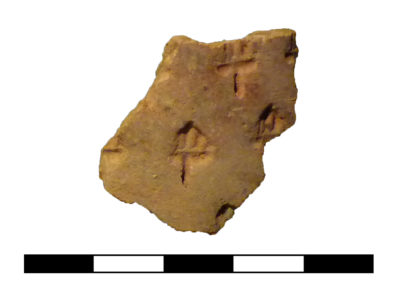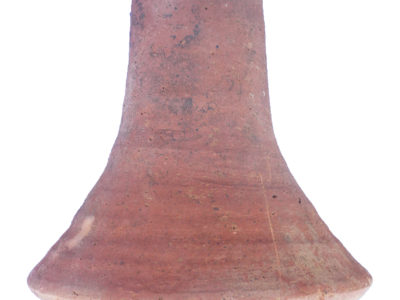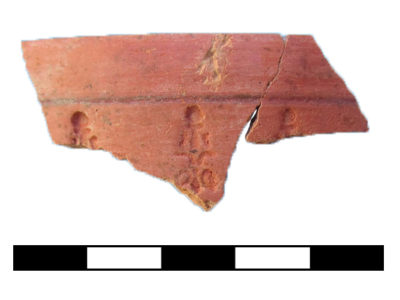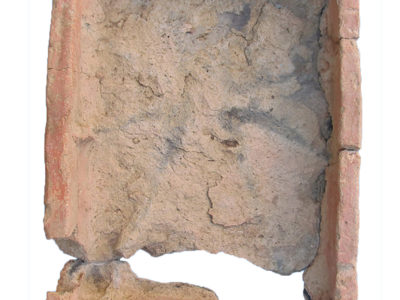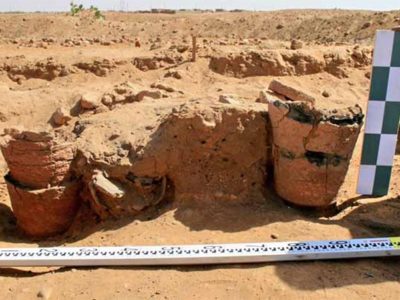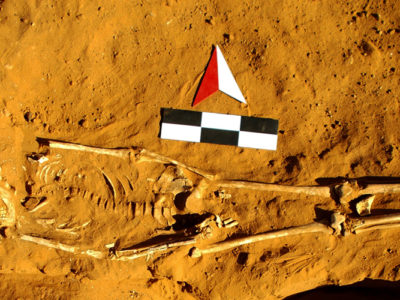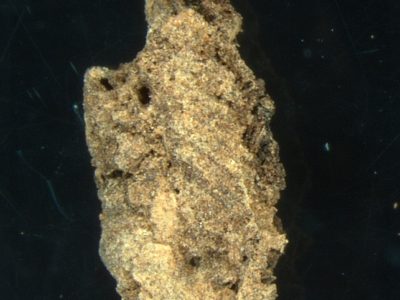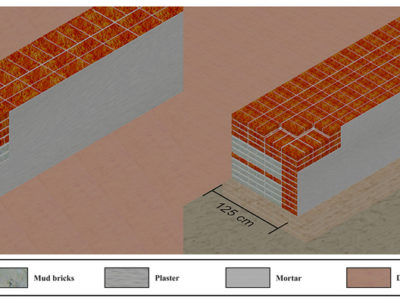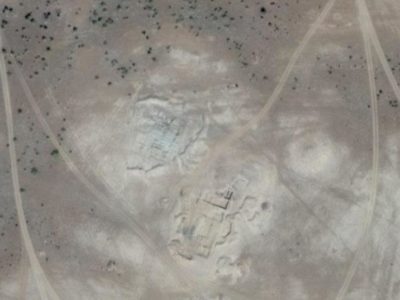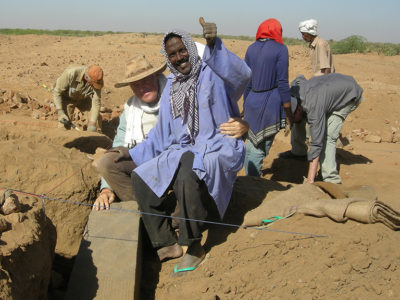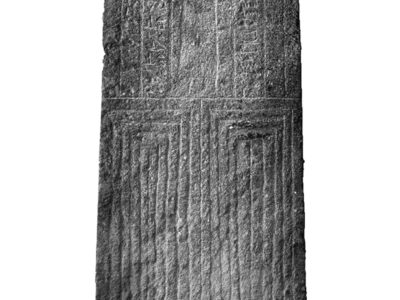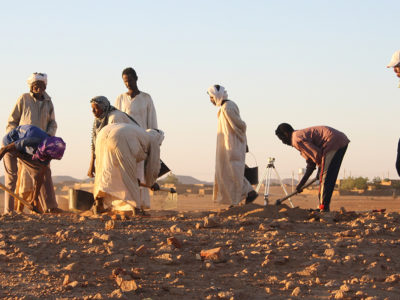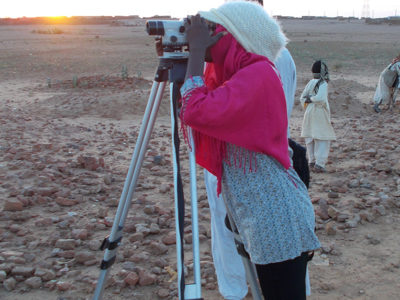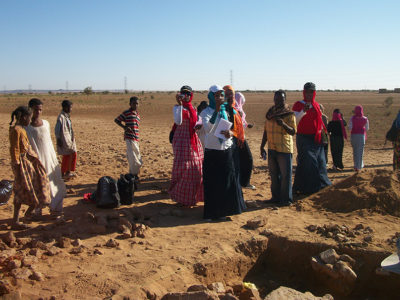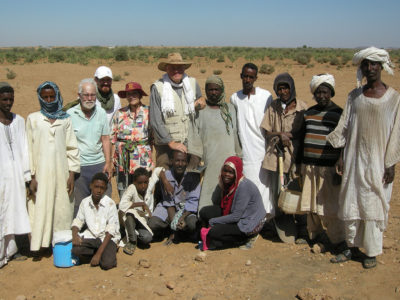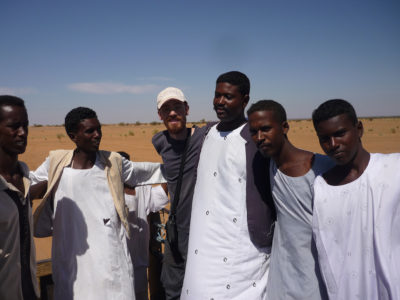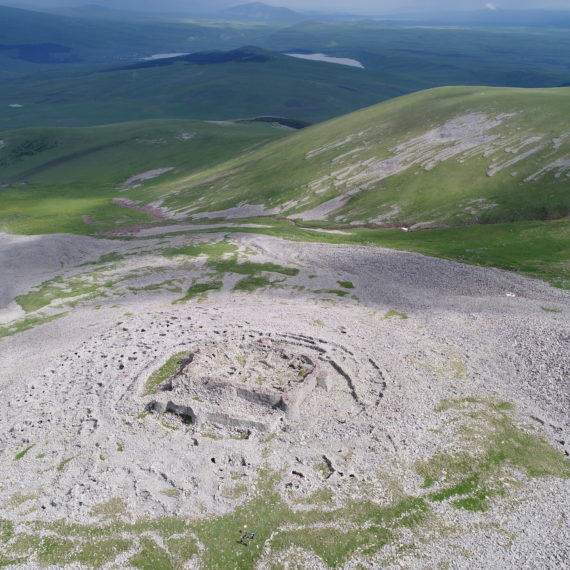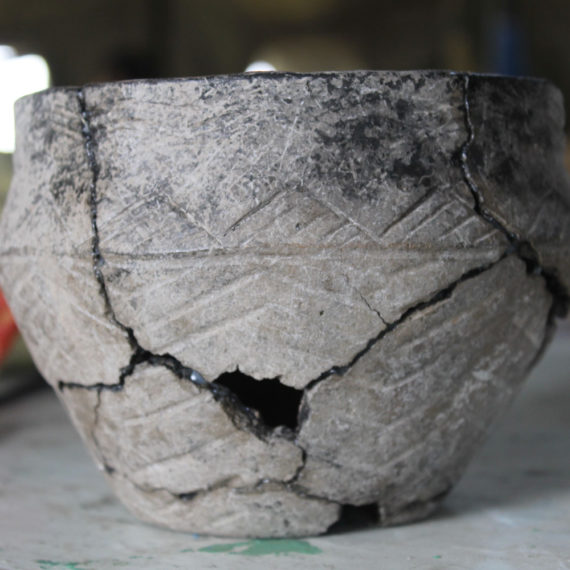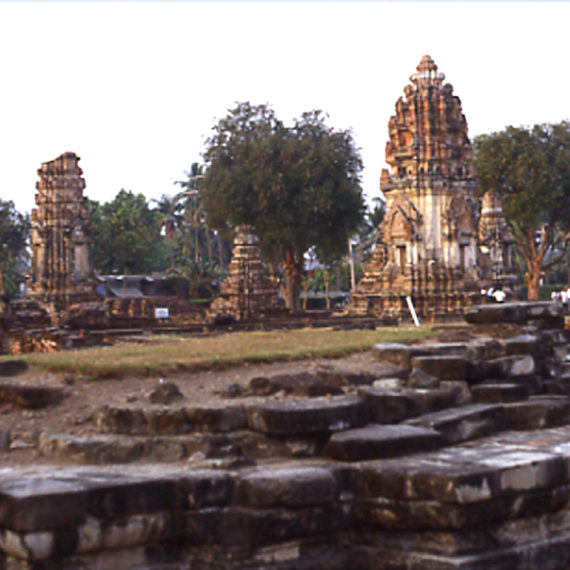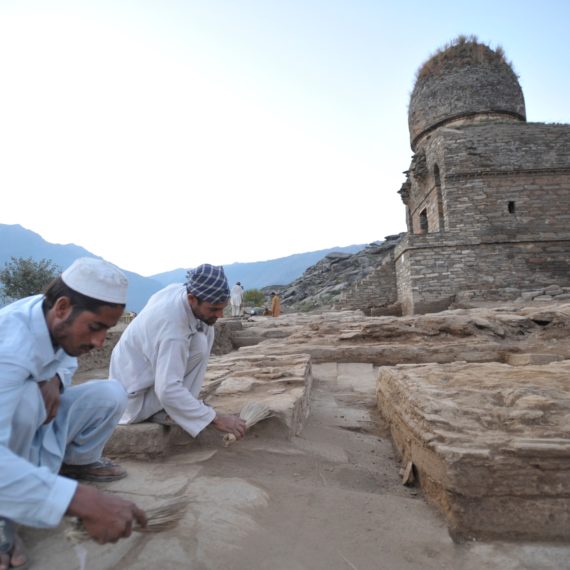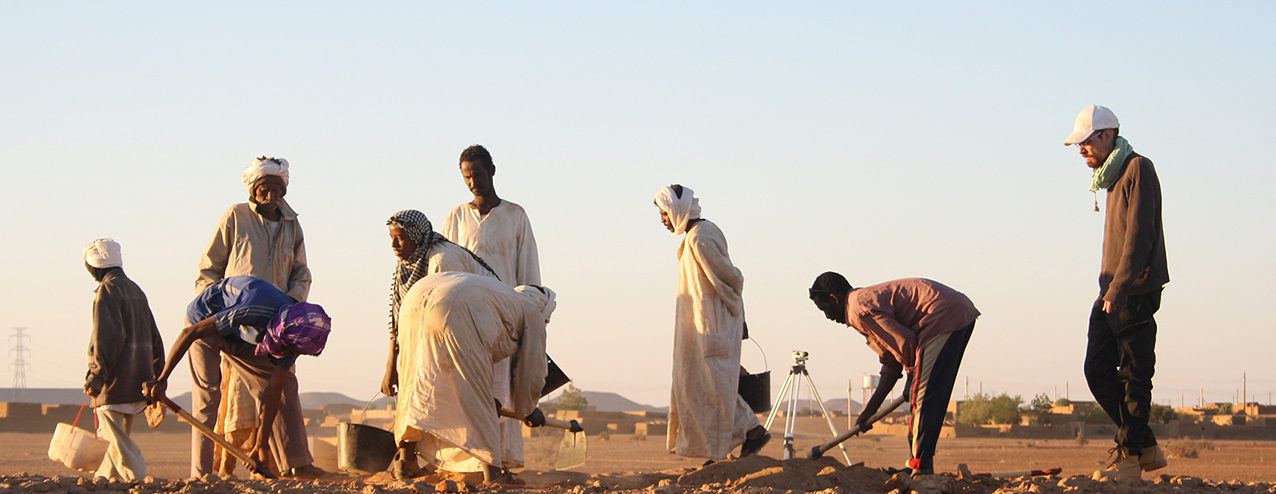
Abu Erteila (Sudan)
The joint Italian-Russian mission to Abu Erteila (Sudan) was started in 2008 under an international cooperation agreement between IsIAO (Italian Institute for Africa and the East) and the IOS-RAS (Oriental Studies Institute of the Russian Academy of Sciences), approved by NCAM (National Corporation for Antiquities and Museums of Sudan)
The mission is currently sustained by ISMEO (international Mediterranean and Oriental Studies Association), with the patronage of the Ministry of Foreign Affairs and International Cooperation.
The team, directed by Eugenio Fantusati (ISMEO) and Eleonora Kormysheva (IOS-RAS), has worked continually in Sudan since 2008; in addition to the directors it is composed of the following permanent members:
- Marco Baldi (ISMEO – University of Pisa – Centro Studi Petrie), archaeologist; compiler of the excavation journal; responsible for studying pottery and other items of material culture, as well as archaeometric studies of finds in collaboration with specialists, the computerization of excavation data and bibliographical research; co-responsible for recording building remains.
- Silvia Dall’Armellina (University of Pisa), pottery specialist;
- Richard Lobban (Sudan Studies Association), anthropologist;
- Maria Rita Varriale (University of Rome ‘La Sapienza’), architect, co-responsible for recording building remains, responsible for organizing mission logistics.
Directors: Eugenio Fantusati, Eleonora Kormysheva
Nation: Sudan
Period: 2008 – in course
GEOGRAPHICAL POSITION
Abu Erteila is an archaeological site located northeast of Shendi inside Wadi el-Hawad, 9 km from the royal necropolis of Meroe and less than 5 km from the eastern bank of the Nile at Kabushijya. The terrain consists primarily of sand, gravel and yellowish sandstone pebbles. The area is flat except towards the north, where there are two low hills (kom) composed of accumulated material and oriented north-south and east-west. These two mounds were the principal goal of the field survey. The evidence acquired to date indicates that Abu Erteila has been continuously occupied for many centuries between the classical Meroitic period (1st– 4thcentury) and the Christian era (6th– 15thcentury).
EXCAVATIONS ON KOM I
Following the indications offered by ground-penetrating radar surveys, and small test pits dug to verify these, excavations on Kom I have unearthed the remains of a large Meroitic era building constructed using both mud-bricks and fired bricks, and composed of nineteen rooms on the basis of current knowledge. Two rooms located in the building’s northeastern corner contained in situ installations for cooking food. Five Christian era burials were subsequently dug in the area. Radiocarbon date determinations conducted on wood charcoal samples from the kitchens suggest that the building was erected during the 1stcentury.
EXCAVATIONS ON KOMII
In recent excavation seasons the Italian-Russian mission has focussed its attention on Kom II, bringing to light the remains of a temple commissioned by the co-rulers Natakamani and Amanitore of the Meroitic era in the 1stcentury BC – 1stcentury AD. Its layout is rather unusual, with a naossurrounded on three sides by an ambulatory, as well as side chapels and a large southern annex. The complex was dated on the basis of various finds, together with radiocarbon determinations. It is centred on a basalt base, approximately square in section, which was brought to light inside thenaos. Each side shows the engraved figure of a goddess flanked by vertical lines of Egyptian hieroglyphic inscriptions bearing the cartouches of Natakamaani, Amanitore and Crown Prince Sorkror. The news of this discovery was prominently reported in the international press. Burials were excavated in the area during the Christian era, confirming the later reuse of the Abu Erteila area as a burial ground.



